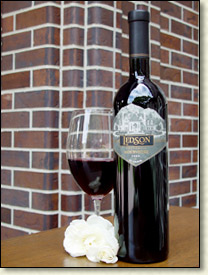|
|
Mourvèdre, California, 2006 |
 |
|
Wine Details
Price:
$36.00 per bottle
Description:
Grown in one of California's best pre-prohibition wine growing regions, Contra Costa County provides ideal conditions for Mouvèdre. Nestled between the Sacramento and San Joaquin Rivers, these vines grow in deep, sandy soil. The breezy afternoons and cool evenings produce an earthy, rustic and richly spicy wine. Would pair well with the gamey flavor of lamb or a peppered steak. Enjoy!
|
|
|
Reviews
|

|
|
|
Back to Ledson Winery & Vineyards information
|
|
|